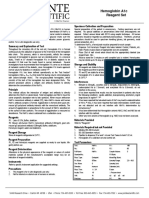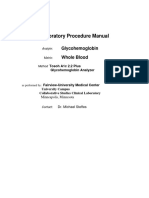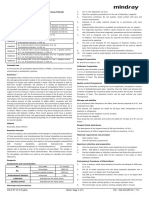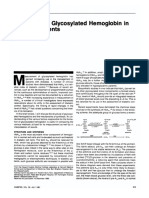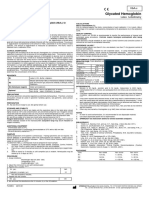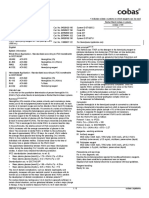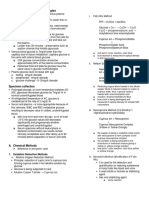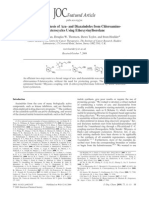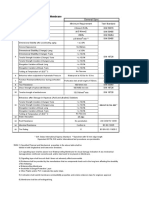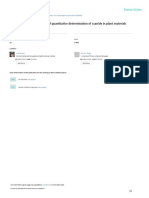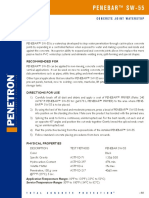0% found this document useful (0 votes)
2 views3 pagesExperiment (8) : Estimation of Glycosylated Hemoglobin: Kit Contents
Uploaded by
Manar AwadCopyright
© © All Rights Reserved
We take content rights seriously. If you suspect this is your content, claim it here.
Available Formats
Download as PDF, TXT or read online on Scribd
0% found this document useful (0 votes)
2 views3 pagesExperiment (8) : Estimation of Glycosylated Hemoglobin: Kit Contents
Uploaded by
Manar AwadCopyright
© © All Rights Reserved
We take content rights seriously. If you suspect this is your content, claim it here.
Available Formats
Download as PDF, TXT or read online on Scribd
/ 3







